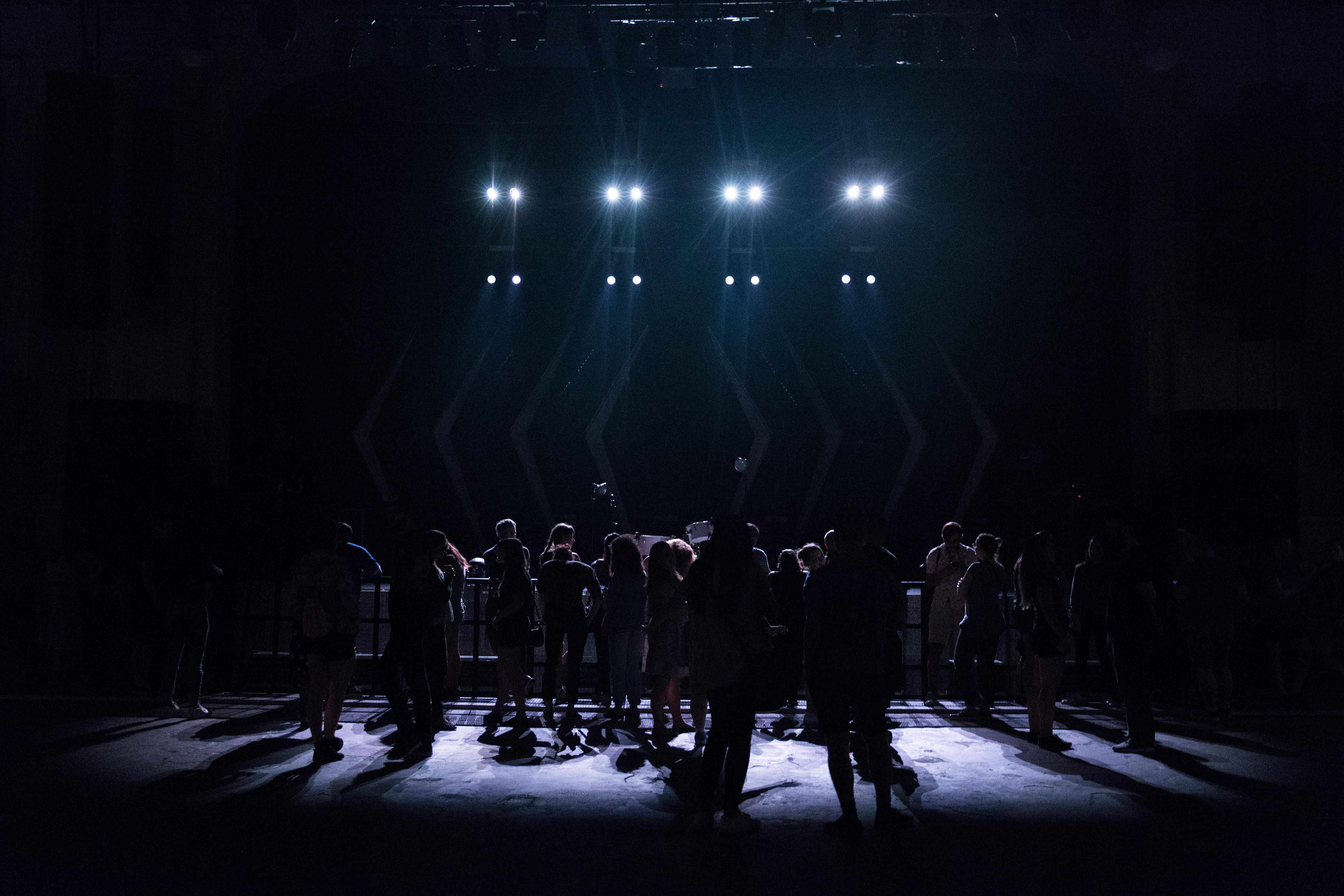Legal and licensing basics for cross-platform performances
Cross-platform performances combine live, virtual, and recorded elements to reach wider audiences. This overview outlines key legal and licensing considerations creators and presenters should address when producing hybrid, streaming, or immersive events for diverse venues and platforms.

Cross-platform performances blend live, virtual, and recorded elements, creating new opportunities and legal questions. Before production, stakeholders should map rights for underlying works, performer clearances, and platform terms of service. Clear contracts, documented permissions for recordings and distribution, and an understanding of public performance and synchronization rights reduce risk and support sustainable audience engagement across channels.
What is hybrid performance licensing?
Hybrid performances mix in-person and online components and require layered licensing. Rights that apply to a physical show—public performance, venue agreements, and performer consents—must be reconciled with online usage rights. For musical components, organizers typically need performance licenses and may need synchronization rights if music is captured and synced to video. Contracts should specify who owns recordings, which territories are covered, and how revenue is shared for both the live and streamed elements.
How do virtual and streaming rights work?
Virtual and streaming rights depend on the platform, format, and whether content is live or on demand. Platforms often require content owners to warrant that they hold distribution and public performance rights; some use blanket licenses while others require direct clearances. Creators must check platform licenses for archiving, international access, and content ID systems. Where third-party works are used, ensure synchronization and mechanical clearances are in place before publishing to avoid takedowns or monetization claims.
What extra rules apply to immersive and venue-based shows?
Immersive performances involve layered visual, audio, and spatial design, which raises specific rights issues. Site-specific installations may implicate location agreements, landlord permissions, and local permits. Creative elements like projections, photographic materials, and proprietary software may require licenses from visual artists or technology providers. If audience members are recorded or sensors collect data, obtain releases and be transparent about data use. Insurance and indemnity clauses should reflect the technical and spatial risks of immersive productions.
How should curation and festivals handle licensing?
Curators and festival organizers act as intermediaries and must secure appropriate licenses for all included works. Agreements with artists should clarify scope: whether a festival may record, stream, or sublicense performances. Reporting obligations—such as submitting setlists or usage data to rights organizations—are common in music events. Aggregators and ticketing platforms may have separate terms that affect distribution and monetization, so contracts should coordinate responsibilities for reporting, royalties, and rights clearances.
How to address accessibility, audience use, and engagement?
Accessibility provisions—captions, sign language interpretation, and audio description—affect both production and rights. Captions and transcripts may be considered derivative works; obtain permissions as required. Policy on audience recording and sharing should be explicit: decide whether attendees may capture and post snippets and specify permitted uses. Accessibility measures can broaden audience engagement, but they also change the ways content is stored and redistributed, which should be reflected in licensing and consent forms.
How can creators approach monetization, collaboration, and sustainability?
Monetization models—ticketed live streams, subscriptions, pay-per-view, and ad-supported content—need contract terms that define revenue splits, payment timing, and platform fees. Collaboration agreements should set out ownership of joint recordings, rights for future exploitation, and crediting. Sustainability considerations include digital carbon footprints, local supplier choices, and long-term licensing terms that favor reuse and repurposing to reduce resource duplication. Clear legal frameworks help ensure that monetization practices are fair and that collaborative projects remain viable over time.
Cross-platform performances present varied legal and licensing layers that overlap technical, creative, and commercial domains. Early mapping of rights, explicit contractual language about recordings and distribution, and attention to accessibility and sustainability reduce uncertainty. By aligning agreements with intended platforms and audience engagement strategies, creators and organizers can focus on delivering compelling experiences while managing legal risk.





